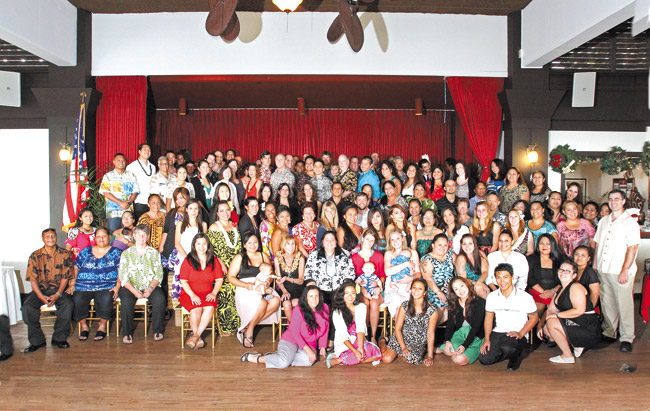Client-focused Health Care
By Sheila Beckham
CEO of Waikiki Health
Waikiki Health was founded in 1967 as Waikiki Drug Clinic. Ten years later, the focus of the nonprofit shifted to provide affordable medical care to uninsured and underserved residents. It was then that the name changed to Waikiki Health Center. In 2013, we rebranded the agency name to Waikiki Health.
mw-brt-061814-waikiki-health
Our mission is to provide quality medical and social services that are accessible and affordable for everyone, regardless of ability to pay.
Waikiki Health offers comprehensive, client-focused services and non-judgmental support to the insured, underinsured, uninsured and homeless throughout our network of clinics, including Waikiki Health’s original center on Ohua Avenue in Waikiki, Makahiki Medical and Dental Clinic in Moiliili, Youth Outreach (YO) in Waikiki, PATH Clinic in Kaimuki, Next Step Shelter in Kakaako, Care-A-Van Clinic in Waialae, and our Medical Mobile Clinic (MMU), which operates throughout the island.
Here are highlights of two of our four clinic sites focused on helping the homeless:
Our Care-A-Van Clinic, established in 1987, operates as a drop-in center, providing quality medical and social services to homeless individuals and families. In 2013,
Care-A-Van served 2,801 clients, providing services for mental health, substance abuse, ID and birth certificate assistance, mail services and housing placement.
Waikiki Health also operates Next Step Shelter, an emergency and transitional shelter working with people to address their barriers to housing.
Services include housing assistance, job training, medical case management, mental health assistance, substance abuse counseling and parenting classes. In 2013, it provided 463 clients with emergency shelter, 226 clients with transitional housing and 93 clients with job training/career development services.
Throughout our seven locations in 2013, Waikiki Health has provided a record number of visits, with more than 34,653 primary care visits to 8,649 patients, of whom 75.6 percent were living at or below 200 percent of the federal poverty level, with 33 percent being uninsured and 25 percent being homeless.






